U.S. Military Explosive Ordnance Disposal (EOD): All Branches Explained

The United States military has four branches that currently have EOD units within them: the Army, Navy, Marines, and Air Force. EOD stands for Explosive Ordnance Disposal. Their badge is nicknamed the “crab” and happens to be the only badge that is consistent amongst all of the branches. There are other versions of it, too. There’s a senior, master, and a Gold one for EOD Officers. In this blog post, we’re going to go over all of the EOD’s of the U.S. military, and cover what differences and opportunities they have.
Let’s get the obvious out of the way: EOD Technicians render safe bombs and various types of explosives. However, since four branches have EOD technicians, each of these career fields comes with different nuances, requirements, and career paths. It is important for you to know about them if you are considering a career in this field or if you just want to know more about the U.S. military, which we can’t blame you for, because the learning never stops at General Discharge.
TABLE OF CONTENTS
U.S. MILITARY EXPLOSIVE ORDNANCE DISPOSAL (EOD: OVERVIEW
U.S. MILITARY EXPLOSIVE ORDNANCE DISPOSAL (EOD): EOD SCHOOL
U.S. MILITARY EXPLOSIVE ORDNANCE DISPOSAL (EOD): ARMY EOD
U.S. MILITARY EXPLOSIVE ORDNANCE DISPOSAL (EOD): NAVY EOD
U.S. MILITARY EXPLOSIVE ORDNANCE DISPOSAL (EOD): MARINE EOD
U.S. MILITARY EXPLOSIVE ORDNANCE DISPOSAL (EOD): AIR FORCE EOD
U.S. MILITARY EXPLOSIVE ORDNANCE DISPOSAL (EOD): CONCLUSION
U.S. MILITARY EXPLOSIVE ORDNANCE DISPOSAL (EOD): OVERVIEW

Let’s go over what EOD technicians do as a whole. They detect, locate, render safe, and dispose of explosive threats all over the world. The threats can be anything from chemical, biological, and nuclear weapons, all the way to IED’s. They can work with law enforcement and the secret service to protect high profile personnel and the public. Due to the nature of their duties, they have various types of equipment to help them get the job done. They have bomb suits, robots, high-tech gear, and loads and loads of stuff to assist them.
The EOD within the branches is so similar, in fact, that they all receive their EOD training at the same place, the Naval School Explosive Ordnance Disposal in Eglin Air Force Base, Florida. Yes, you read that right. The Navy hosts the joint-EOD school, on an Air Force base. That’s the military for you!
U.S. MILITARY EXPLOSIVE ORDNANCE DISPOSAL (EOD): EOD SCHOOL

EOD school is arduous, long, and academically challenging. Even the most intelligent people may wind up getting rolled back or dropped for poor performance. There are various topics in the world of explosives that need to be covered, and everything moves at a fast pace. If you double tap a test, which means you fail it twice, you are subject to an academic review board. And, on top of it all, the stuff you learn is classified, so you’re not allowed to take your books back with you to your room to study. That means long days of learning and studying.
The topics that service members learn at EOD school are:
- Demolition (Explosive effects, safety, theory, and live demolition)
- Tools and Methods
- Core (Basic EOD skill sets)
- Ground Ordnance
- Air Ordnance
- IEDs
- Chemical/Biological Ordnance
- Radiological and Nuclear Ordnance)
Okay, so you know what EOD techs do. But what are the differences between the different branches of EOD? Let’s dive in. We’re going to go over the Army, then the Navy, Marine Corps, and then Air Force EOD. To reiterate, the Coast Guard and Space Force currently do not have EOD career paths, so if you want to join those branches, it won’t be possible there!
U.S. MILITARY EXPLOSIVE ORDNANCE DISPOSAL (EOD: ARMY EOD

Starting off with Army EOD, this career field is open to Enlisted and Officers. The MOS for this is 89D for enlisted, and 89E for Officer.
Technically, Army EOD is not special operations. However, they do have opportunities to support both conventional and SOF forces. In fact, they have the 28th EOD Company, which is the Army’s premier Airborne Special Operations Force. These guys enable SF, the Rangers, and Delta Force. It’s a pretty sweet gig for motivated Army EOD techs.
Army EOD is a position that you can join with a contract into the Army, meaning you get a guaranteed shot at training. The pipeline to become Army EOD, after Basic Training or your commissioning source, is to go through Phase 1 training at Fort Lee Virginia, and then Phase 2 and the EOD school we described to you earlier. Phase 1’s training is where they try to weed you out, and a majority of people do not make the cut here. The phase 1 training pretty much crams basic EOD concepts down your throat; you’ll do the bomb suit test, and lots of PT, but if you come into it in shape and with a good head on your shoulders, you should be able to crush it.
The Army EOD requirements for Enlisted Soldiers can be found here, and the Officer requirements can be found here.
U.S. MILITARY EXPLOSIVE ORDNANCE DISPOSAL (EOD): NAVY EOD

Navy EOD is available for both Enlisted and Officers, however to join as an officer, more likely than not, they’re looking for someone who is an enlisted tech. Enlisted personnel can join to become Navy EOD tech with a contract to guarantee them a shot at training.
Navy EOD is considered special operations, but it does not fall under NSW like the SEALs and SWCCs do. What makes Navy EOD stand out from the other branches is their focus on the water. The Navy EOD is the only EOD that is trained in underwater ordnance, and dive school is built into their pipeline. It’s not just dive school, they also get to go to jump school. Navy EOD techs can be embedded with SEALs, Rangers, Green Berets, DEVGRU, and other SOF entities. They have opportunities to deploy with aircraft carriers, support local law enforcement, and even work with dolphins and sea lions in the Navy Marine Mammal Program.
The training pipeline to become a Navy EOD tech is:
- Navy Boot Camp in Great Lakes, Illinois - 10 weeks
- EOD Dive Prep in Great Lakes, Illinois - 3 weeks
- EOD Dive School in Panama City Beach, FL - 9 weeks
- EOD School in Eglin AFB, FL - 42 weeks
- U.S. Army Jump School in Fort Benning, GA - 3 weeks
- Expeditionary Combat Skills Course in Gulfport, MS - 4 weeks
- EOD Tactical Training Course in San Diego, CA - 3 weeks
As for the requirements to join Navy EOD, since there’s a lot of water involved, you’ll have to be good at swimming to get into this community. Part of that is crushing the PST, which stands for Physical Screening Test. It consists of a 500 yard swim, pushups, situps, pullups, and a mile and a half run.
These are the requirements for Navy EOD:
- Eyesight 20/200 bilateral correctable to 20/25 with no color blindness
- Minimum ASVAB score AR+VE=109, MC=51 or GS+MC+EI=169,
- Be 30 years of age or younger,
- Pass a physical and dive physical,
- Must be a U.S. citizen and eligible for security clearance
Some say Navy EOD has the best missions, best training, and the best hair. But that’s up for debate.
U.S. MILITARY EXPLOSIVE ORDNANCE DISPOSAL (EOD): MARINE EOD

The MOS for Marine EOD is 2336.
Marine EOD is open for enlisted Marines, but only active duty marines who are E-4 and above. There are warrant officers and LDO’s, but they have to be enlisted EOD techs first. This means that the Marine Corps EOD techs are the only EOD community where you cannot outright join as one. You have to do your time in the Marine Corps first, hope the stars align for you, and request and be approved for a lateral move!
Marine EOD supports the MAGTF, Marine Units, and can even embed into MARSOC. So if you want to work in MARSOC as an EOD tech, this opportunity is available to you!
As we said, the way to becoming an EOD tech in the Marines is a little bit different than in the other branches. Since there’s no “pipeline” you can follow from the get-go, the process goes like this:
You will be screened by an EOD unit to see if you’re worth giving a shot at training. This will usually be done by conducting a PFT, CFT, bomb suit agility test, and various interviews and assessments. If you’re deemed worthy, you’ll be approved for training, and you’ll be sent to a unit to perform around 90 or more days of on the job training with an EOD unit, after which you’ll be sent to the EOD school. Upon completion of EOD school, you’ll be sent to work as a tech in a Marine EOD unit.
The requirements for Marine EOD are:
- Be a volunteer
- E-4 to E-5 serving in any MOS
- Possess a GT score of 110 or higher
- Must be a U.S. citizen
- Eligible for a top-secret security clearance
- Must be screened per NAVMC Form 11361
- EOD Lateral Move Screening Checklist
- Must have a first class PFT and CFT
- Must have normal color vision and no claustrophobic tendencies
- Meet the medical requirements
Again, if a recruiter comes up and promises you something about you becoming a Marine EOD technician right off the bat, walk the other way. This is something for you to consider towards the end of your first enlistment, so if you’re thinking of joining the Marine Corps right now, don’t worry about this too much. Focus on getting in!
U.S. MILITARY EXPLOSIVE ORDNANCE DISPOSAL (EOD): AIR FORCE EOD

Air Force EOD is open to enlisted only, and you can be guaranteed a shot at training with a contract. You might be asking yourself, What about Air Force EOD Officers? Well, there’s technically not any of those. While you have the opportunity to work in the EOD field as an officer in the Air Force, it’s not your main job. Civil Engineer Officers may spend a tour working as an EOD officer, but after that, they go back to doing what their main job is. So if your intentions are to one day be an EOD officer, the Air Force may not be for you.
Air Force EOD has plenty of great opportunities around the United States to assist local law enforcement and agencies, and they have plenty of deployments to both combat and non combat areas. They can be attached to a variety of units, ranging from conventional ones, to special operations forces, civilian law enforcement, and even the secret service. Their knowledge and skills are needed in a lot of different areas.
Despite how high speed they are, it’s important for you to know that Air Force EOD is not a part of Air Force Special Warfare, like Special Recon, PJ’s, and CCT’s are. They are considered conventional; they just have the opportunity to support and embed in SOF units. However, AFSPECWAR recruiting is in charge of Air Force EOD candidates. Food for thought.
The pipeline to become an Air Force EOD is as follows:
- Air Force Basic Military Training,
- BMT - 8 weeks
- Air Force EOD Preliminary Course - 6 weeks
- EOD School - 8 months
The EOD preliminary course prepares candidates for the rigors ahead at EOD school, introducing core EOD concepts, emphasizing teamwork, and assessing their ability to operate under pressure. There will be physically intensive events such as small unit tactical movements, rucking, and lots of PT. The academics are also tough, which makes sense because EOD school is academically intense.
The requirements to join Air Force EOD are as follows:
- A High School Senior (age 17 or older), High school diploma, a GED, or 15 college semester hours.
- Minimum score of 54 on the Predictive Success Model (PSM).
- Height must be no less than 60 inches and no more than 78 inches.
- Successful completion of the EOD Initial Fitness Test (IFT) twice.
- Minimum score of 54 on Predictive Success Model (PSM).
- No record of emotional instability or treatment within the last 12 months
- Ability to receive and maintain a "Top Secret" security clearance
U.S. MILITARY EXPLOSIVE ORDNANCE DISPOSAL (EOD): CONCLUSION

And with the Air Force covered, that means we have gone through all of the branches of EOD. To sum this all up, the main missions are the same, but quality of life, experiences, and opportunities are very different amongst the different branches of EOD. What’s great about EOD is the camaraderie: if an EOD tech from another branch walks into an EOD shop, there will be mutual respect for each other. No matter the branch, each EOD tech is a highly trained professional.
If you want to learn more about the military, law enforcement, or government entities, we have a YouTube channel dedicated to providing the best info out there, plus we have a growing list of blog posts as well. Click the links to take you to them!
General Discharge is a veteran-owned, veteran-operated organization that is dedicated to providing the best U.S. Military and Law Enforcement information. With over 250 YouTube videos, over 45 million views, and hundreds of thousands of followers, we have contributed to the success and knowledge of both the current and future generations of service members.
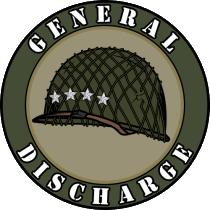
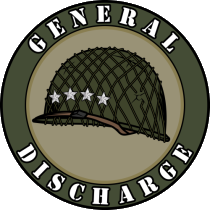

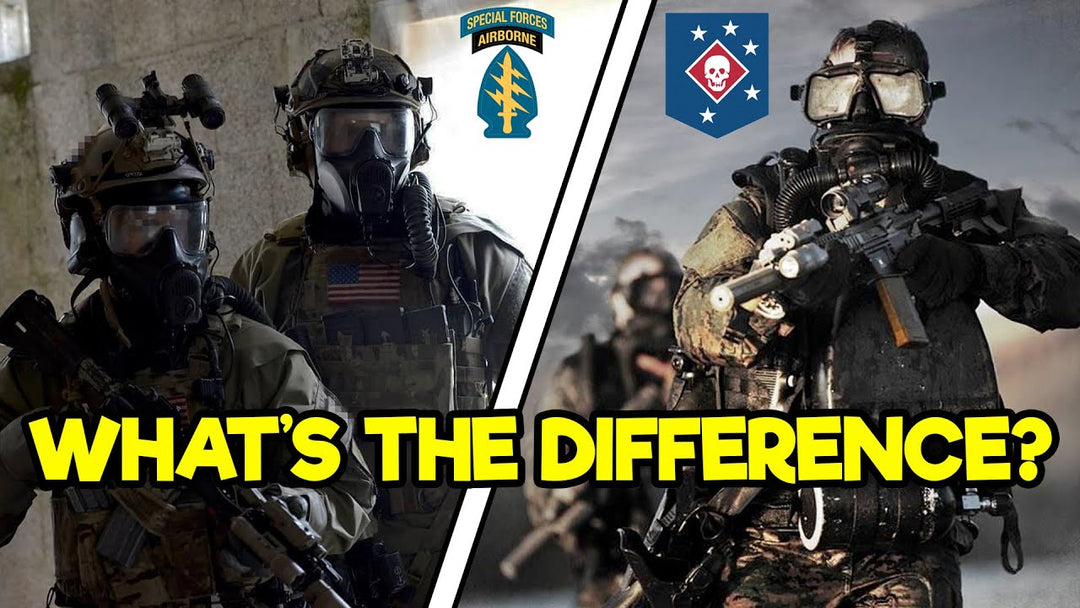
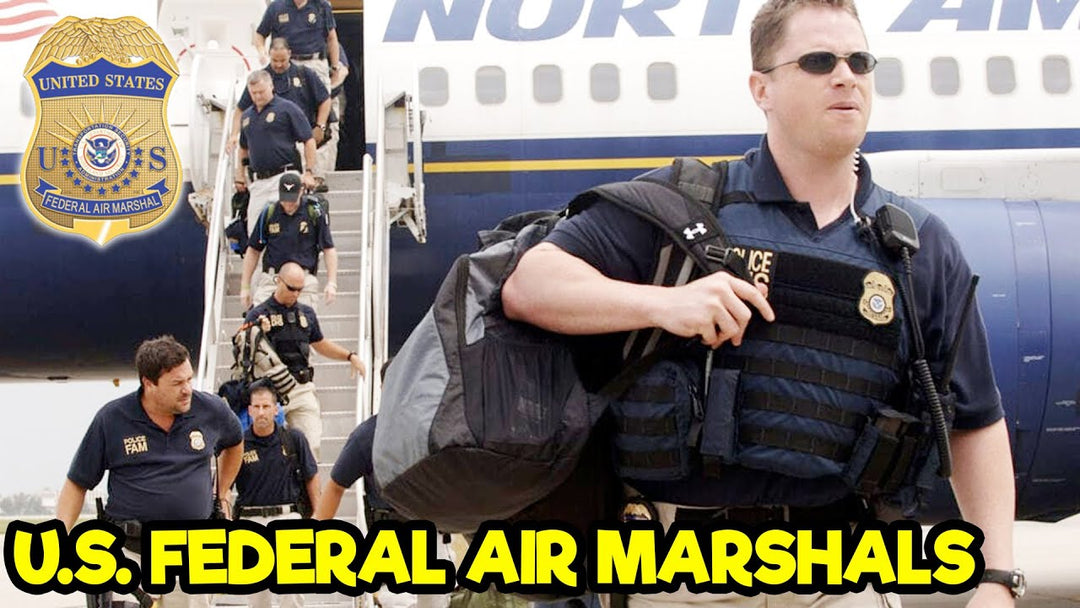
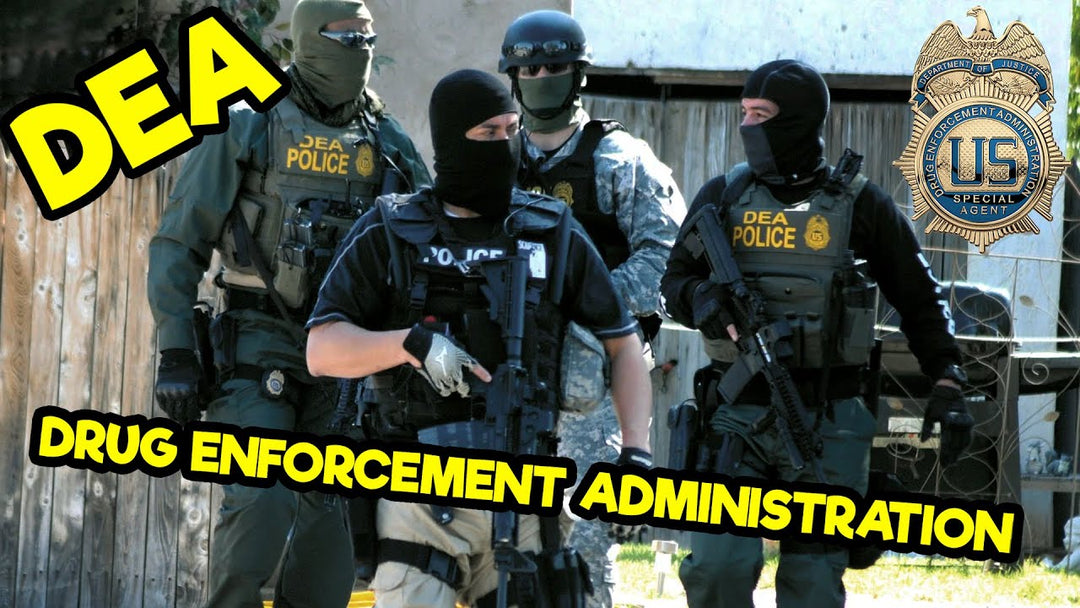
Leave a comment